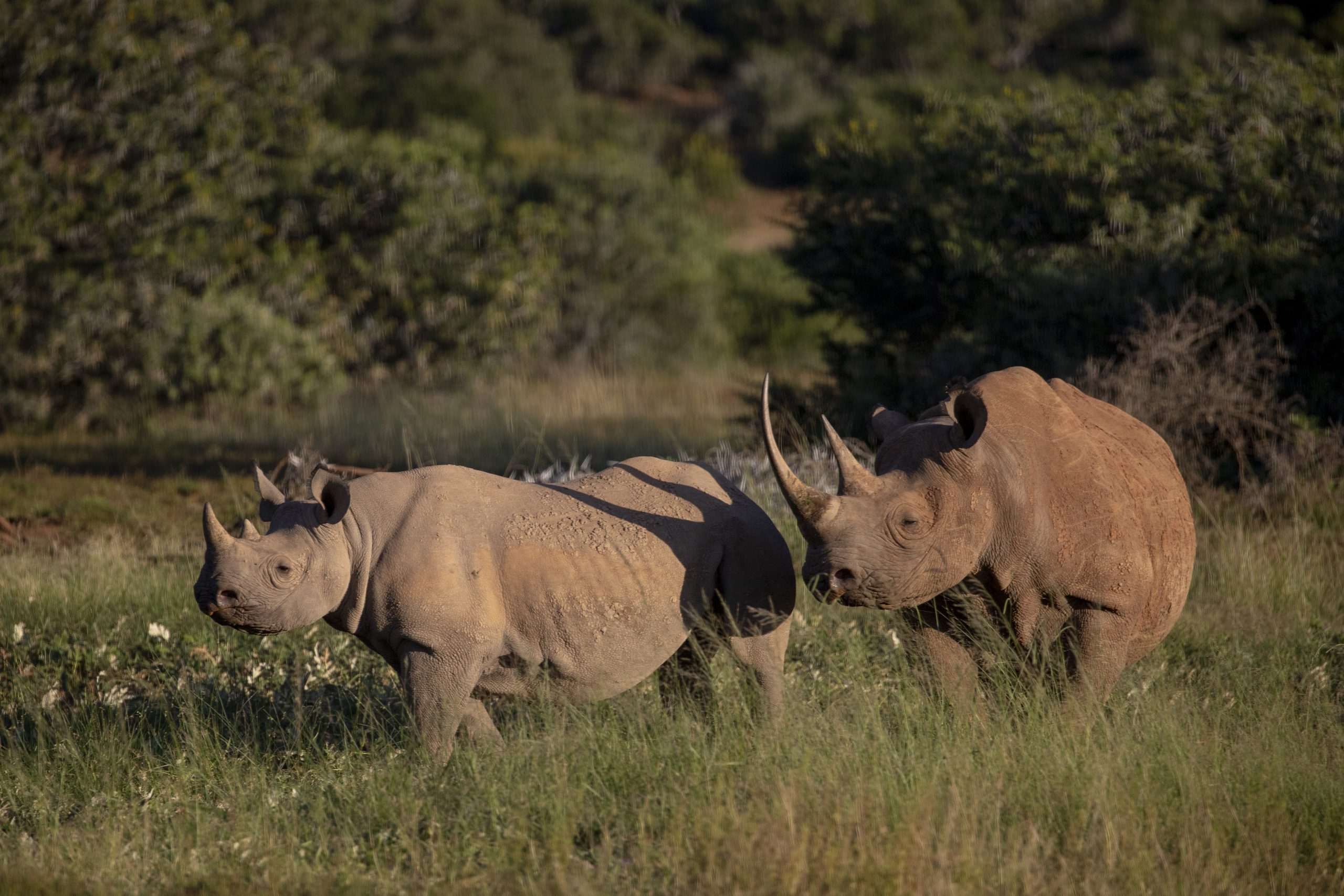The World Bank has priced the world’s first wildlife bond, raising $150 million that will be partly used for the conservation of black rhinos in South Africa.
The five-year bond will pay returns determined by the rate of growth in populations of the animals in two South African reserves: the Addo Elephant National Park and the Great Fish River Nature Reserve, the World Bank’s International Bank for Reconstruction and Development has said in a statement.
“The Wildlife Conservation Bond is a first of its kind, outcome based, financial instrument that channels investments to achieve conservation outcomes measured in this case by an increase in black rhino populations,” the World Bank said in the statement.
Instead of paying a coupon, the issuer will make contributions toward conserving the animals and the buyers of the bond will receive a payment from the Global Environment Facility based on preset targets for population growth which makes it easier for all the parties involved.
If successful, the program could be expanded to protect black rhino populations in Kenya as well as other wildlife species such as lions, tigers, gorillas and orangutans, an earlier proposal said.
It provides an opportunity for people interested in conservation to get a return on their support and possibly re-invest money in new projects rather than the more traditional route where projects are funded by philanthropists or governments.
The five-year $45 million security will be the world’s first wildlife conservation bond and the aim is to sell it in the middle of the year. Returns for investors will be determined by the rate of growth of the populations of the animals in two South African reserves, according to the Rhino Impact Investment Project, an initiative started by the Zoological Society of London.
Globally, there are five rhino species, with most of them being in South Africa. Rhino population has drastically dropped to about 2,600 from 65,000 in 1970 according to documentation from the World Bank. While the rhino security is a first of the sustainable bonds, these bonds have previously been used to finance a variety of outcomes from marine and fisheries projects in the Seychelles to girls’ education in rural India.

